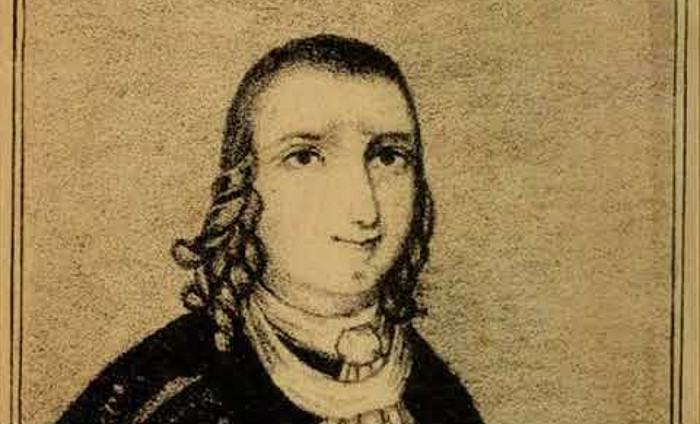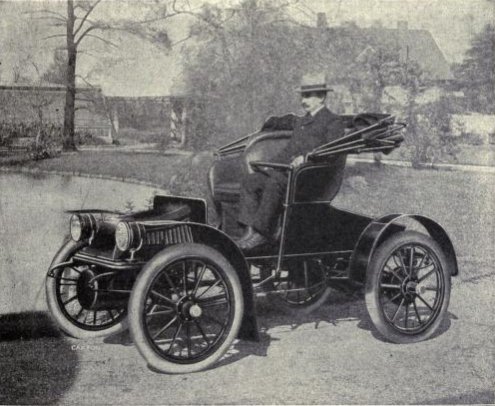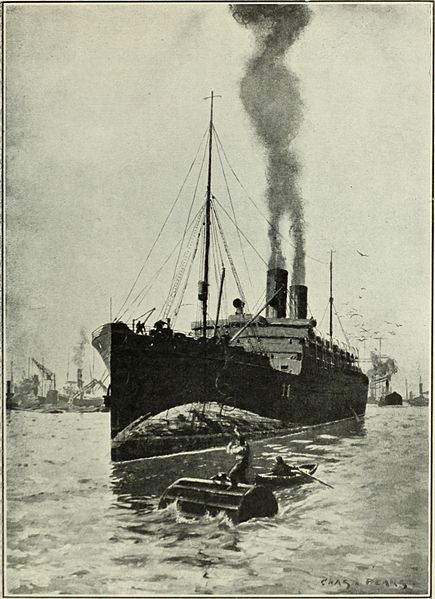In studying the attractiveness of human facial features, University of St Andrews psychologist David Perrett found that femininity in female face shape was preferred across cultures and by both men and women. Surprisingly, he found that masculinity in male faces makes them less attractive — in fact, people prefer male faces with a slightly feminized shape. Evaluators said that images of male faces that had been artificially masculinized looked less kind, less emotional, colder, less honest, less cooperative, and less likely to be a good parent. Feminization of male faces had the opposite effect.
This has some basis in real life, where men with more masculine faces show more aggressive and more uncooperative behavior:
Men with masculine face proportions commit more fouls in ice-hockey games and end up with a greater number of time-out penalties than men with more feminine facial proportions. Off the pitch, in an experimental set-up in which players can gain resources, defend them, and steal from others, men with masculine facial proportions choose to retaliate aggressively when other players steal from them and then to steal right back. In contrast, men with feminine facial proportions are more likely to build defences against further infringement. Furthermore, men with high testosterone (that is, those likely to have a masculine facial appearance) have more troubled relationships, and show increased rates of infidelity, violence, and divorce. Masculine males, it seems, are more likely to behave like cads than be good dads.
Men with masculine features do tend to be perceived as stronger and more dominant, and they do tend to be physically strong. Some studies have found a preference for a slight degree of masculinity, but this effect is neither dramatic nor consistent. And “no one has found an overall preference for a high degree of facial masculinity.”
(From Perrett’s 2010 book In Your Face: The New Science of Human Attraction.)







